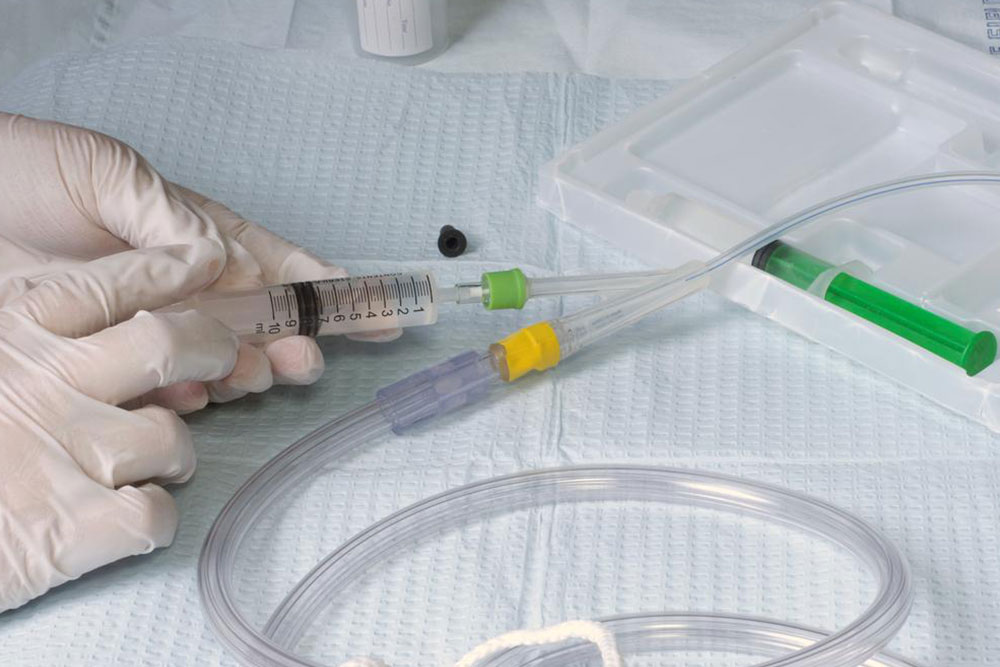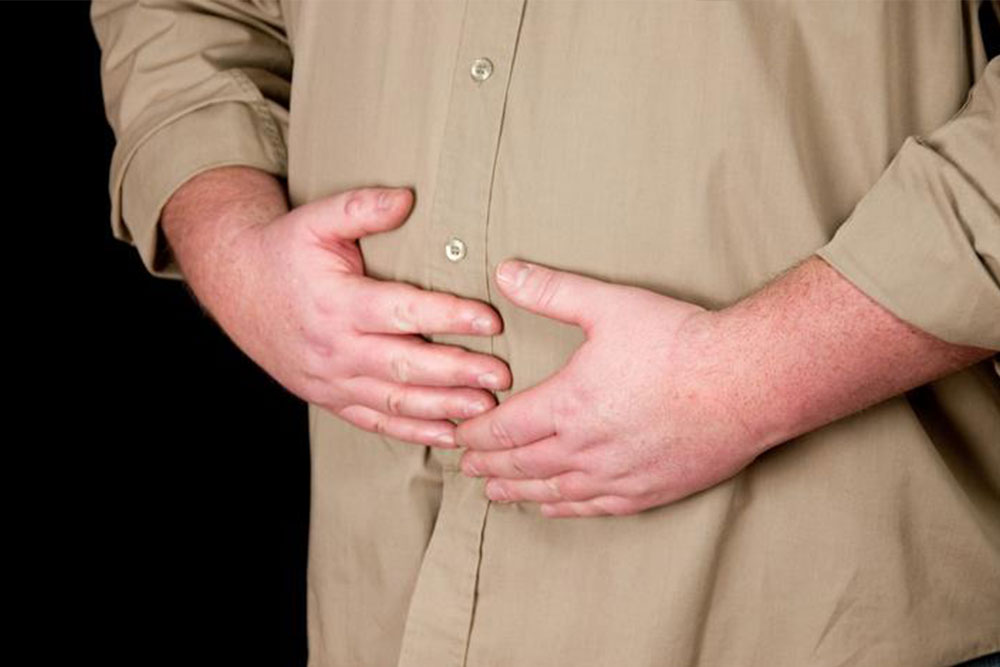Comprehensive Guide to Male Catheters: Types and Applications
Explore a detailed overview of male catheter types, their uses, and importance in managing urinary issues. Learn about indwelling, external, and short-term catheters, along with their applications in medical contexts. This guide emphasizes proper care and usage to prevent infections and ensure comfort, aiding patients and caregivers in understanding urinary management options effectively.

Understanding Male Catheters: Types and Practical Uses
Catheters are slender, flexible tubes designed to carry fluids into or out of the body. For men experiencing difficulty or inability to urinate, urinary catheters facilitate the process.
These devices drain urine from the bladder, especially in cases of incontinence, retention issue, urological surgeries, or prostate conditions. Made from silicone, plastic, or rubber, male catheters vary in size and type to suit different needs.
Categories of male catheters
Men may need catheters temporarily or permanently, depending on their condition. Elderly individuals or those with lasting urinary injuries might require long-term or permanent solutions.
There are three main categories: indwelling, external, and short-term catheters. Some catheters are disposable, while others are reusable.
Indwelling catheters: These are inserted inside the body.
These are placed within the bladder, commonly known as Foley catheters, used in both short-term and long-term scenarios. Placement is typically via urethra by trained nurses, or through a small abdominal incision, known as a suprapubic catheter. A balloon, inflated with water, secures the catheter in place and deflates when removal is needed.
External catheters: Also called condom catheters, these are worn outside the body. They resemble a condom covering the penis, connected to a drainage tube that leads to a collection bag. They are suited for patients with severe health or mental conditions and carry a lower risk of infection. External catheters are usually replaced daily or as advised by healthcare providers.
Short-term catheters: These are used temporarily, often after surgeries, until normal bladder function resumes. Known as in-and-out catheters, they are inserted via the urethra or through a minor abdominal procedure.
Applications of male catheters
Individual needs dictate catheter use—whether for permanent management or recovery from medical procedures. Common reasons include:
Urinary incontinence: Occasional or chronic urinary leakage may require a catheter for relief.
Urinary retention: Obstructions or disorders preventing urination necessitate catheterization for fluid drainage.
Uncontrolled urination: Conditions like prostate enlargement or neurological issues can impair urination control, necessitating catheter support.
Post-surgical recovery: Temporary catheters assist in urination while healing occurs.
Urinary system injuries: Damage to bladder, urethra, or ureters may require catheter assistance for urination.
Proper catheter placement by trained medical personnel is essential to prevent pain and infection. Routine cleaning and hydration are vital for minimizing infection risks.Note:
Our website provides diverse, practical health information. While our articles are based on thorough research, they should not replace professional medical advice. We are not responsible for discrepancies or inaccuracies and acknowledge that certainschemes and offers may vary across sources.









